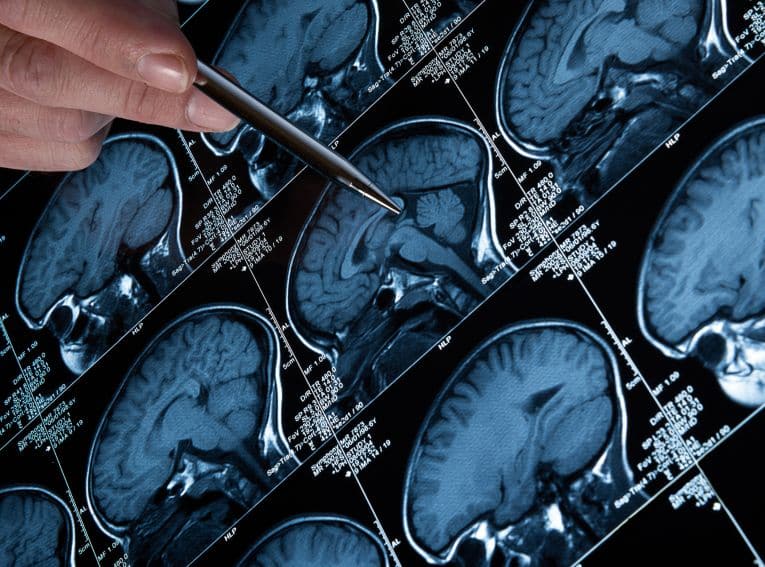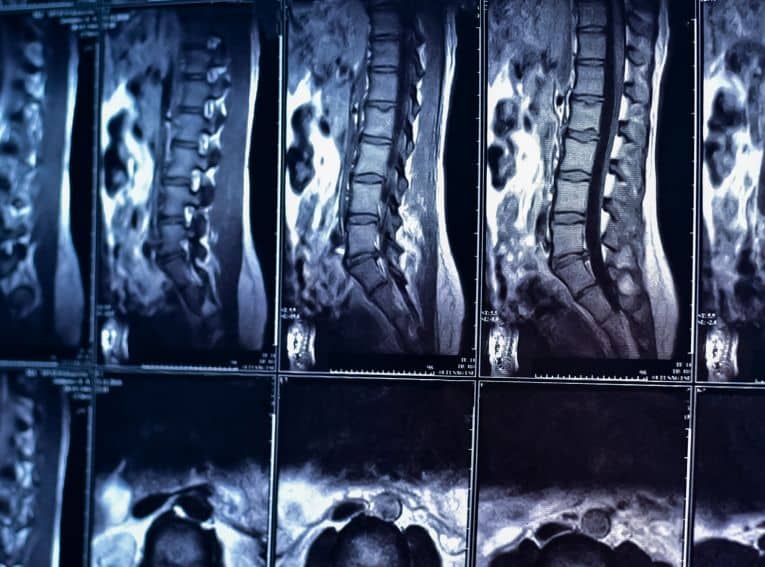
Brain Aneurysm Embolization
A brain aneurysm embolization, also known as endovascular coiling, is a minimally invasive treatment for a brain aneurysm. It can be used to treat aneurysms that have ruptured and those that are intact. During the procedure, a catheter is inserted into the artery and a coil is threaded through the catheter and placed within the aneurysm, cutting off the flow of blood to the aneurysm. The lack of blood flow prevents the aneurysm from rupturing or leaking. Brain aneurysm embolization is an alternative treatment method available to patients that do not qualify for surgery.
An aneurysm is an abnormal ballooning of a blood vessel that has developed in an artery as a result of a weakened vessel wall. An aneurysm in the brain applies pressure to the surrounding nerves and brain tissue, which can result in headache, neck and upper back pain, nausea, vomiting and nerve paralysis. If a brain aneurysm ruptures, the blood within the brain may cause a stroke or in severe cases, death.
The Brain Aneurysm Embolization Procedure
Brain aneurysm embolization is performed under sedation or general anesthesia, and the procedure usually lasts about two hours. With the assistance of an imaging device such as an X-ray, a catheter is placed into the skin and moved towards the aneurysm. Finally, detachable coils are sent through the catheter and placed onto the aneurysm. The catheter is then removed, any bleeding is stopped, and the site of the catheterization is bandaged.
Risks of Brain Aneurysm Embolization
Although brain aneurysm embolization is a relatively safe procedure, as with most procedures there is a risk of complications. These complications may include:
- Infection
- Blood vessel damage
- Bleeding in the brain
- Damaged coil
- Stroke
- Damage to the artery
In some cases, symptoms of the brain aneurysm may reoccur.
Recovery from Brain Aneurysm Embolization
Most patients stay in the hospital for one to two days after the procedure, as long as no additional bleeding occurs. Pain medication is prescribed for discomfort. After discharge, patients may be asked to refrain from strenuous activities for about two weeks. While exact recovery times may vary, in most cases, patients are able to return to work and regular activities within a few days.
There is a risk of recurrence of aneurysms following aneurysm embolization. Therefore, patients will typically be monitored by their doctors and a routine angiography may be performed to monitor for any evidence of recurrence.
Additional Resources
Welcome to the office of neurosurgeon Dr. Vikas Rao, where your health comes first. Below are some of the neurosurgical treatments that we offer in Mission Viejo, CA:
Contact us today
Your concerns are important to us, and we want to make sure all of your questions are answered so you understand your options. Please contact our office with any questions, and our team will be happy to assist you.
Give us a call
We're open to serve
Our doctor and staff are devoted to our patients. Please fill out the form below with any questions or to schedule an appointment and our team will get back to you within 24 to 48 hours.





